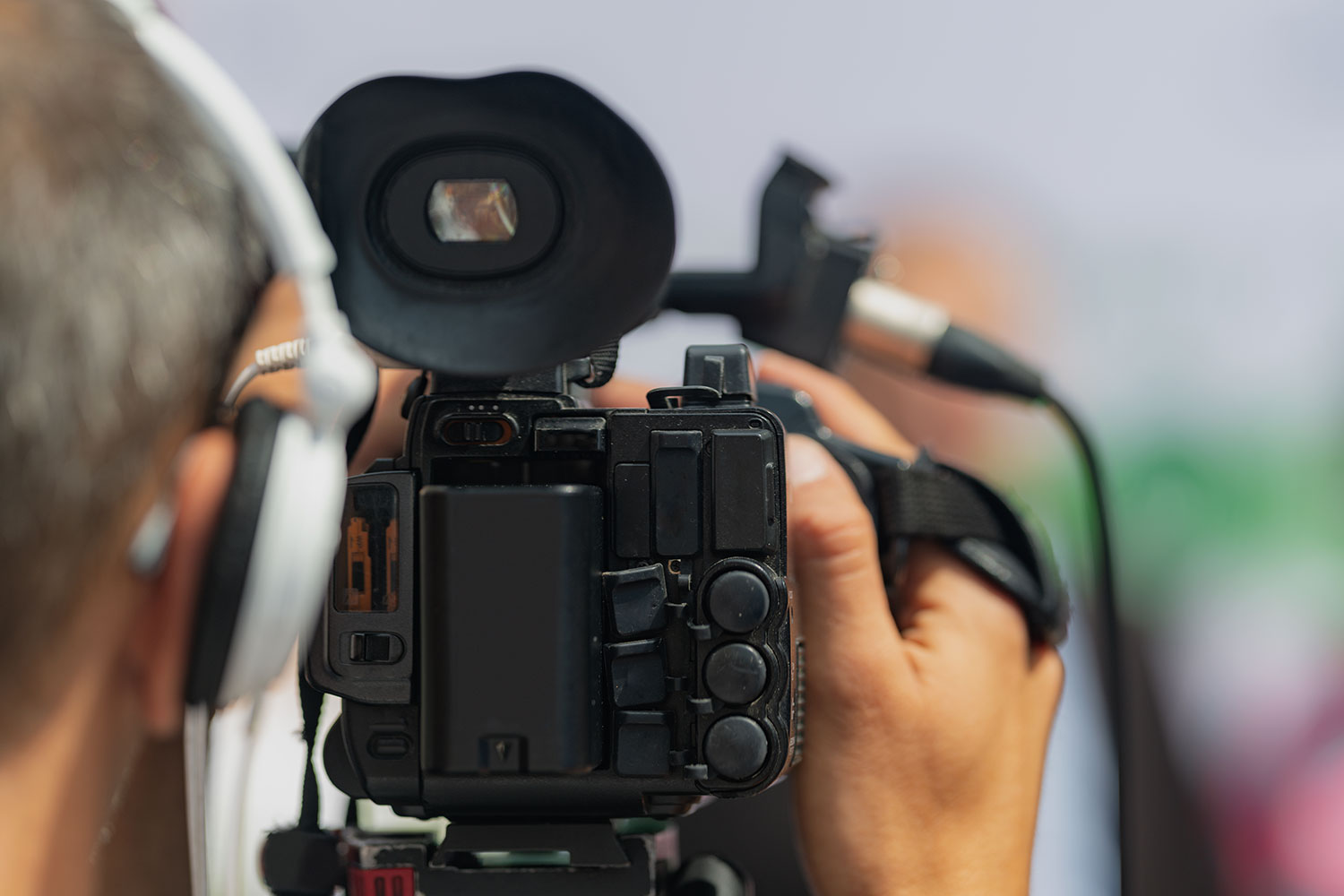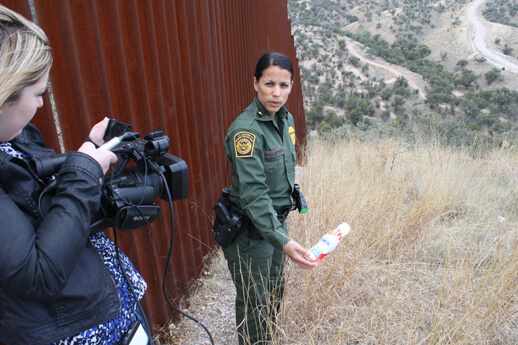Legal Videography: Changing the Means Proof is Caught and Provided
Legal Videography: Changing the Means Proof is Caught and Provided
Blog Article
The Intricacies of Legal Videography and Its Function in Capturing Crucial Facts for Evidential Purposes in the Legal Field
In the world of the legal area, the use of videography has come to be an indispensable device for capturing the details and subtleties that can make or break a situation. From documenting criminal activity scenes to taping witness testimonies, lawful videography plays a critical function in offering important information with unequaled clarity and precision. Beyond the surface area degree of simply videotaping events, there exists a labyrinth of intricacies and considerations that need to be browsed to guarantee the admissibility and authenticity of video proof. Recognizing the technological elements, lawful demands, and calculated ramifications of lawful videography is important for attorneys seeking to harness its full capacity in boosting their instances.
Evolution of Legal Videography
How has lawful videography advanced within the lawful area throughout the years? Legal videography has undergone a significant transformation, adjusting to the technical innovations and transforming needs within the lawful occupation. Initially, legal videography was primarily made use of for basic recordings of legal proceedings and depositions. Nonetheless, with the development of high-def video cameras, advanced editing and enhancing software, and on-line systems, the duty of lawful videographers has broadened to encompass a more comprehensive array of services.

Additionally, the rise of digital procedures and remote depositions in recent years has more drove the development of lawful videography, requiring videographers to adjust their abilities to capture process successfully in a digital atmosphere (Legal Videography). Generally, the evolution of lawful videography has been noted by a shift in the direction of much more sophisticated innovation, enhanced professionalism and reliability, and a broader scope of solutions to satisfy the evolving demands of the legal area
Relevance of High-Quality Video
High-quality video footage in legal videography is essential for properly documenting and providing aesthetic evidence in a specialist and trustworthy way. The clearness and detail recorded in top notch video can be crucial in lawful proceedings, enabling a precise exam of events, expressions, and information that might be essential to a case. Juries, juries, and lawful professionals count on aesthetic proof to recognize complex circumstances, and poor-quality video footage can lead to false impressions or questions regarding the authenticity of the evidence provided.
Moreover, top notch footage can boost the overall presentation of evidence, making it much more engaging and persuasive. Well-captured visuals can help reinforce disagreements, clear up testimonies, and supply a thorough sight of the realities handy. This can description inevitably enhance the credibility of the lawful team presenting the evidence and raise the chance of a positive result for their clients. In an area where every information matters, buying high-quality video is not simply useful but frequently necessary to ensure that justice is offered precisely and fairly.
Techniques for Effective Documents
To guarantee extensive and precise documentation in legal videography, using reliable techniques is paramount in capturing crucial information and evidence. Maintaining a comprehensive log of all footage, consisting of timestamps and summaries of the material, is critical for simple recommendation and retrieval during legal proceedings. By executing these techniques, legal videographers can enhance the quality and reliability of their documentation, eventually enhancing the telltale worth of their recordings.
Admissibility and Verification of Video Evidence
In the world of lawful videography where thorough documentation is crucial, the admissibility and authentication of video clip evidence play a critical role in identifying the trustworthiness and validity of taped products. Admissibility refers to the acceptance of video clip evidence in a court of legislation, while verification guarantees that the video clip presented is unaltered and authentic. For video clip evidence to be permissible, it needs Read Full Report to satisfy lawful demands such as credibility, relevance, and dependability. The chain of custodianship, which documents the handling of the video from recording to discussion in court, is important for developing authenticity.
Verification involves verifying that the video clip has not been tampered with or modified to misrepresent facts. Strategies such as electronic signatures, metadata evaluation, timestamps, and professional testimony can be utilized to validate video proof. Guaranteeing that the video clip was taped under proper problems and that the equipment made use of was working correctly reinforces its credibility. Eventually, the admissibility and authentication of video clip proof are important in supporting the honesty of lawful procedures and ensuring that justice is offered based on reliable details.
Enhancing Legal Methods With Video Modern Technology

Furthermore, video clip technology permits the production of aesthetically involving repairs of crime scenes, mishaps, or other events vital to an instance. These repairs can help clear up complex information, timelines, and spatial connections, helping in the comprehension of intricate legal problems. Video depositions can maintain statements with high fidelity, making certain that essential statements are accurately recorded and can be repeated as needed. Overall, the assimilation of video clip innovation into lawful approaches not just improves the presentation of proof yet likewise enhances the persuasiveness and trustworthiness of legal arguments.
Final Thought
To conclude, legal videography plays a crucial function in recording important information for evidential functions in the lawful area. Via the evolution of innovation and strategies for effective paperwork, high-grade footage can improve lawful strategies and offer useful proof in court. Legal Videography. Ensuring the admissibility and verification of video clip proof is key to using video clip modern technology effectively in legal procedures
Understanding the technical aspects, legal directory requirements, and tactical implications of legal videography is vital for legal experts seeking to utilize its full potential in reinforcing their cases.
Legal videography was primarily made use of for straightforward recordings of lawful process and depositions.Utilizing video technology in legal techniques can substantially boost the performance of lawful experts in presenting proof and debates in a convincing and compelling fashion. Overall, the assimilation of video clip innovation into legal strategies not only enhances the presentation of proof yet likewise strengthens the persuasiveness and trustworthiness of legal debates.
In final thought, legal videography plays a crucial duty in catching vital details for telltale functions in the legal field.
Report this page